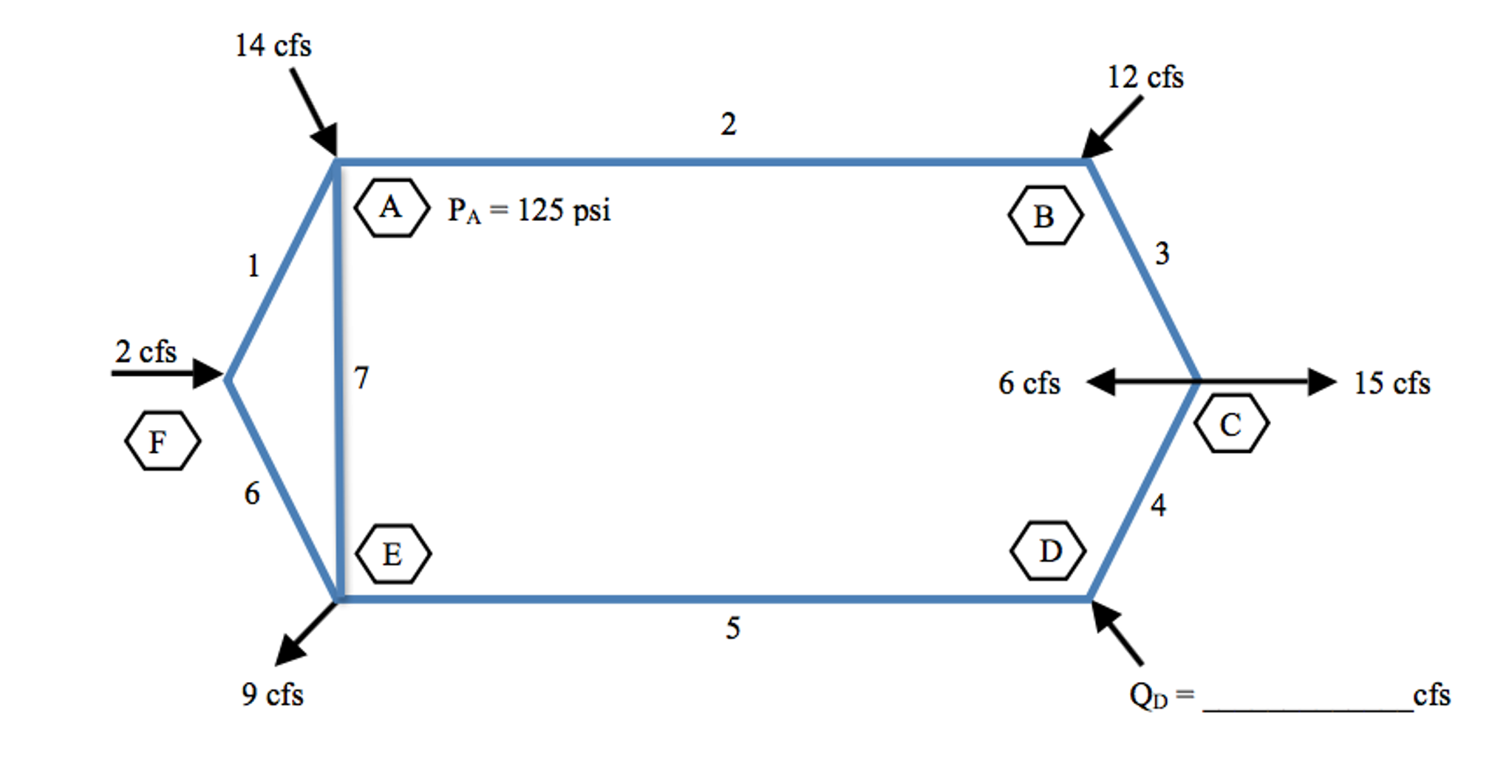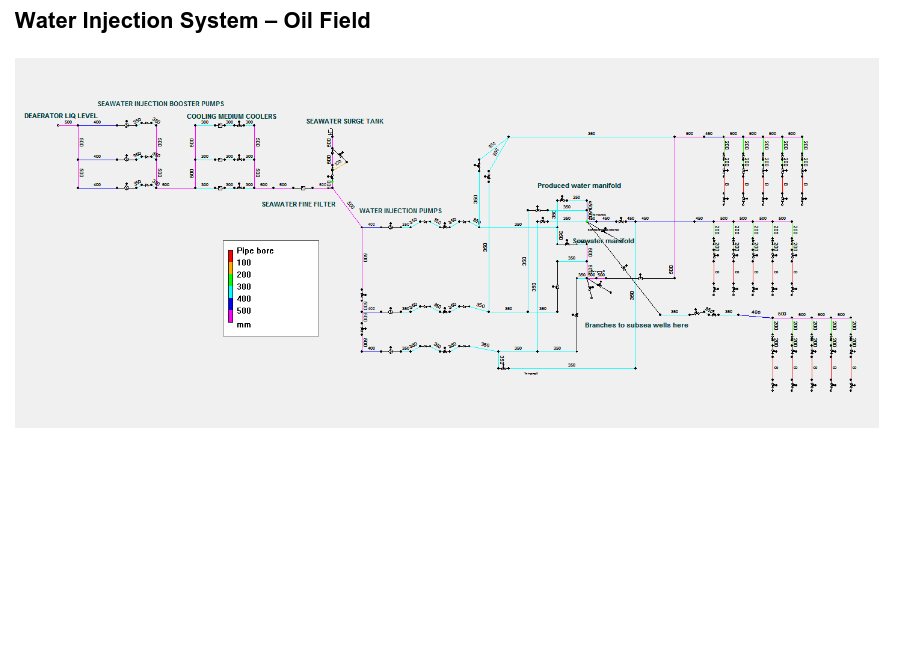

Essentially the system is split in to two separate systems. In Pipe Flow Expert the vaccum breaker can be modelled by using an End Pressure and a Demand In-Flow as is shown in the following diagram. When unwanted vacuum conditions occur at the higher elevation points it is possible that a vacuum breaker may be introduced in to the system. For example, the pressure at node 7 is now -0.66 bar.g.
#PIPENET AND PIPEFLO SOFTWARE#
When solved, the Pipe Flow Expert software shows that now the pressure at the high elevation points is below 0 bar.g. When solved, the system gives the results as shown in the following diagram, where you can see the pressure at node 4 is about 0.218 bar.g (still above the fluid vapour pressure) and there are no specific issues with low pressures in the model.Ĭonsider the same system but now where pipes 9, 10, & 11 have been closed and pipes 14 and 15 have been opened, to allow flow to a lower discharge point. for all intents and purposes this is just a regular system (without the vaccum breaker) The model shows a vaccum breaker arrangement BUT it is not operating (the pipes to the End Pressure and the Demand In-Flow that represent the vacuum breaker have been closed). The Pipe Flow Expertsoftware does not have a specific vacuum breaker component however it is possible to use a modeling technique with an End Pressure and Flow Demand to simulate the vacuum breaker.Įxample System 1 (without the vacuum breaker in operation)Ĭonsider the following system where a pump moves fluid from a low elevation point (0m), up and over a higher elevation point (40m), and on to some discharge location at an elevation point (35m) between the low and high point. When this happens the pipe will no longer be fully filled and pressurized. To prevent the such scenarios occuring, vaccum breakers are sometimes installed in the pipe system in order to allow air in to the system to stop vacuum conditions arising.

The low pressure can also cause collapse of the pipes, and rupturing of welds and seams.

If the pressure goes below the fluid vapour pressure and the fluid in the pipe turns to vapour, the flow in the pipe can become erratic, causing surges, flow reversals and water hammer effects. When this is the case the pressure at the higher elevated parts of the piping system may well go negetaive (less than 0 bar.g and below the fluid vapour pressure). There may be some friction loss as flow occurs down the pipe but the pressure added due to the weight of fluid above the bottom point in the down pipe can be higher than the friction loss, hence an overall pressure gain can occur. In this scenario, when flow is returing down to a lower elevation it may be that the pressure needed at the high elevation goes below 0 bar.g for example, because when considering a point in the system at the bottom of a column of fluid there will have been a pressure gain due to the height of fluid now above the lowest point. This can occur for various reason however one common scenario is where the fluid is pumped up to a higher elevation and it then returns down to part of the system at a lower elevation. In fluid systems where there is a significant change in elevation there can be conditions where the pressure in the piping systems goes below the fluid vapour pressure. Modeling a Vacuum Breaker (approximation)


 0 kommentar(er)
0 kommentar(er)
